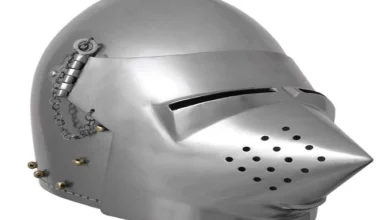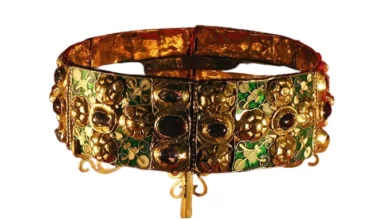Five inventions from the “dark” Middle Ages
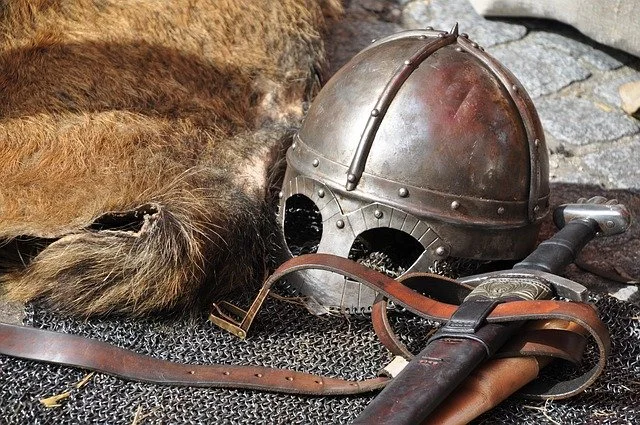
Many people believe that many of the advantages of civilization originated from the 17th – 19th centuries when scientific development and the industrial revolution were in full flow.
These technologies aid in the development of cellphones, electric vehicles, aircraft, computers, and tablets, without which the current world would be unimaginable. This was made possible, however, by the technologies of the “dark” Middle Ages.
The Middle Ages
The Middle Ages were a trying time in human history. On the one hand, this time produced a large number of artists, including painters, sculptors, jewelers, poets, and architects. Art progressed swiftly. Science, on the other hand, was a bit more challenging.
The Middle Ages were associated with the monarchy and the church. Constant fights, reshuffling of regions of power, and military expeditions. Where can you get time to do scientific study in this town? Especially in light of epidemics, plague breakouts, and the burning of witches by command of the Holy Inquisition. While some scientists were killed for holding especially progressive beliefs, their colleagues made discoveries that profoundly transformed our planet.
5 inventions from the “dark” Middle Ages
Navigation
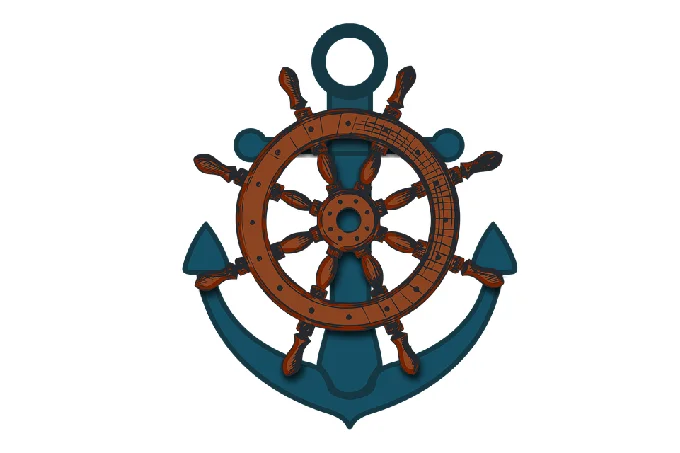
Because medieval Europe’s population increased gradually, many kings opted to explore new regions beyond the familiar and well-studied continent. As a result, ship navigation and equipment started to evolve at a rapid speed.
As a result, a new steering wheel arose, making ships simpler to control, as did a Latin sail, the construction of which allowed them to sail against the wind. The most helpful medieval device for navigation, however, is unquestionably the conventional magnetic compass. No contemporary GPS system would be possible without its old forefather.
Printing business
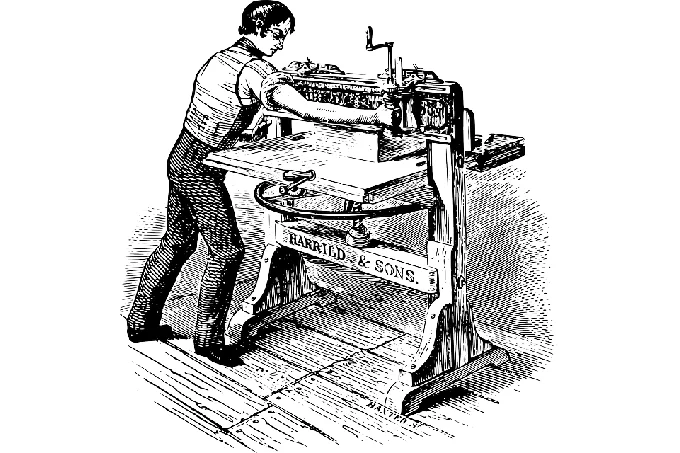
Because publishing books was so costly, libraries were only found in churches and the residences of the affluent aristocracy. The whole treasured library of even the poorest monastery could readily fit in a tiny chest in the early Middle Ages.
Books survived considerably better in Arab cultures, particularly once they created paper and no longer had to conserve parchments. Thousands of books may be found in the Caliphate’s libraries in the 10th century. However, this does not change the reality that the production of any book was a very costly pleasure since they were all copied by hand.
Gutenberg is regarded as the “Father of Printing.” His innovation greatly reduced the cost of books and sparked a surge in mass literacy. However, few people realize that he did not “create” the printing firm from the ground up. Johannes Gutenberg considerably enhanced the method of moveable plates with text, which had been extensively utilized in China and Korea from the 8th century.
Mechanical Watches
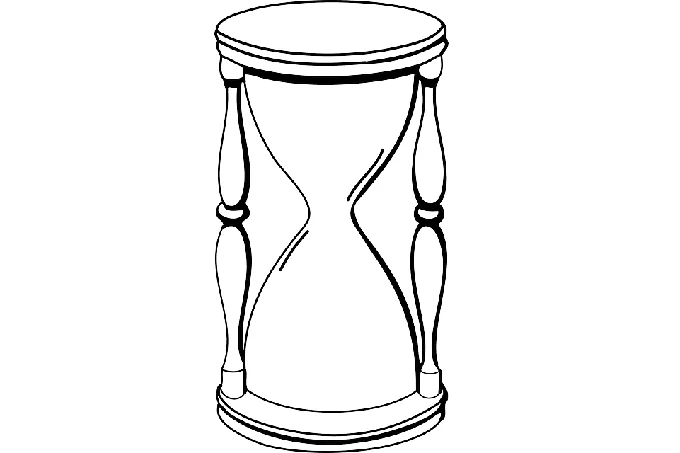
Prior to this important Middle Ages innovation, time was measured using different devices such as sundials, sand clocks, and water clocks. They weren’t especially exact, and it was hard to fit them into any one calculating scheme. This caused a great deal of misunderstanding in the documentation.
The mechanical watch, introduced about 1300, unified time measurement and revolutionized the way labor is assessed and compensated based on hours performed. True, the early prototypes were likewise unsatisfactory in terms of precision.
Glass windows

Glass was most certainly not a medieval invention. However, it was during this time period when it was first used for windows. Previously, the windows were sealed with boards, fabric, and even a “bull bladder,” which was either a carefully prepared stomach or a bladder.
One of the most fundamental advantages of glazed windows over opaque materials was that they enabled natural light to enter the home while keeping the temperature stable. As a result, stained glass windows appeared.
Optics

Vision difficulties were not created in our century or even in the previous one. However, this was essentially a sentence for a person once upon a time: a blind disabled in those days, far from humanism, was not wanted by anybody. That is, until an unknown monk in medieval Europe had the great idea of joining a pair of convex lenses to a clamping frame. The first spectacles emerged in this manner.
Even though the invention of glasses does not surprise anybody, it should be noted that all of the lenses used in telescopes, binoculars, telescopes (from the tiniest to Hubble), and even cameras and smartphones were made possible by the monk who developed conventional spectacles.
In reality, there is a lot more evidence that the Middle Ages were not that bad. However, from the perspective of a contemporary individual, this time is still full of unpleasant experiences.


